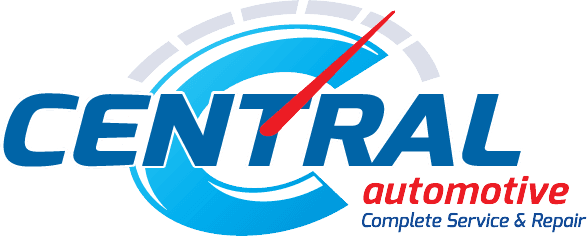No matter how well your vehicle is maintained or how new it is, if you drive long enough, you’re probably eventually have to deal with a breakdown. Even if you’re just having one of those days and your car decides to pile it on, these are a few simple tips on how to effectively manage a breakdown.
You should be familiar with your car’s gauges and know what is normal and what isn’t. That way, when the gauges have readings that aren’t normal, you will know something is not right. If you never look at your gauges, you won’t know.
If you’re driving and you begin to feel something strange, see unusual activity on your gauges, smell something that is not normal, or you see a flashing “check engine” light, you should move to the right lane and pull over as soon as it’s safe to do so. You don’t want to be one of those disabled vehicles blocking traffic on the freeway — it’s hazardous to you and other drivers. If you’re close enough to the next exit, try get off the freeway if possible. If that’s not possible, get as far to the right as you can. If you’re on the freeway and it’s not safe, don’t get out of your car. Turn on your hazard lights (or “flashers”) and call for help. Central Avenue Automotive has a 24-hour hotline for help at 253-854-6762, and we’re also certified to provide AAA services.
Photo Credit: CJS*64 via Compfight cc
If your vehicle is beginning to overheat, (remember to check your gauges like you check your speedometer), turn on the heater. It might seem counter-intuitive, but it will help cool the engine by drawing heat away from it and into the car’s cabin. Do NOT turn on the air conditioner — it has the opposite effect. Pull over as soon as it’s safe and turn the car off. One of the most costly and damaging things you can do is drive a overheating car.
If your “check engine” light is flashing, pull over as soon as possible, shut the engine down, and have it towed. The light will often turn on and stay lit to indicate that there’s an issue that needs inspection, but when the light is actually flashing, that means there’s a serious problem that needs immediate attention. Don’t ignore it.
If your “low oil pressure” light comes on, this is not typically because the car needs oil, but it still needs to be checked. Driving a car that is low on oil or pressure will damage the engine.
If the “battery” light comes on, this also typically does not mean that you need a new battery. It actually means that your car’s charging system has detected a fault. This issue usually gives you a little more time than more serious issues. When you see that light, turn off all accessories to conserve power and drive to you nearest repair facility. You will usually have about 20 minutes during the day, and 15 minutes at night if you’re using your headlights, which you should be doing.
Above all, you need to do what is safe for you and your car. Remember that relatively speaking, a tow is cheap compared to a new set of catalytic converters, a new engine, or even a new wheel because you drove on a flat tire. Most insurance companies have roadside assistance and AAA for around $80 per year that gives you discounts all over the place and gas if you run out. They will also change that flat or help you if you lock your keys in your car. It’s definitely worth the money.
Hopefully now you feel prepared in the event of a breakdown! Remember, if you’re in the Kent area, you can call on us anytime.







